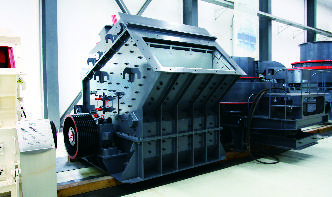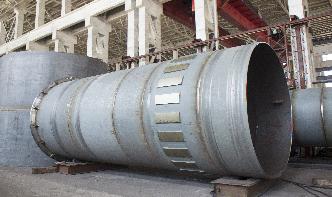Aggregate concrete is a type of paving material that consists of standard concrete mixed with either fine or coarse particles to create a stronger finished product. ... Average maximum cost of aggregate concrete patios: per square foot ... temperature changes, staining, abrasion and the use of rock salt in winter. Sealant should be re ...
The rock has a blue color; Class 2 aggregate base, which also has fines for compaction (the color may vary from brown to grey); Class 2 recycle, which is comprised of crushed concrete, asphalt, porcelain, and brick.
We can use crushed stone as a capillary break if there are no fines in the crushed stones—but the stones don't act as a vapor barrier. So it is common to use crushed stones with no fines as a capillary break—and then add a plastic sheet over the top of the stones in contact with the concrete as a .
producing concrete by replacing sand with Crushed Granite Fine,, stonedust ( a byproduct of rockcrushing at quarry). This study involves experimental investigation into some properties of concrete using Crushed .
why we should use crushed rock fines in concrete. ... Building Crusher Fines TrailsFinely crusheduses of aggregate crusher fines home >> application >> why we should use crushed rock fines in concrete why we More. how to harden crushed limestone vibrating sieve separator.
Gravel vs. stone. Gravel vs. stone (post #55878) ... But the terminologies used in that application are the same we use in general out here whether the end use is a road bed, road topping, compacted base for concrete footings or slabs, etc. etc. ... I never heard anybody order mixed sizes of crushed rock or round rock without fines, so I don't ...
Jul 12, 2009· I found that by flooding the rock, we use a lot of limstone, and then vibration heavy, it will go to pumping. This movement is needed with the lubication of the extra water to bring the fines to the surface and interlock with the large aggregates. yes it will be wet, pumping and soggy, but a day later after the water has evaporated out it will ...
why we should use crushed rock fines in concrete. building sand processing equipment; types of feeders why crushed angular aggregate prefer . Common Use Concrete Can crushed porcelain be used for . Check price. 5. PAVEMNET MATERIALS UNBOUND GRANULAR .
River sand (RS) and crushed rock fine (CRF) have been used as fine aggregate in concrete for centuries. However, dredging river beds for RS is now banned in many places due to its adverse environmental impacts. On the other hand, CRF has the major problems of being angular in shape and containing excessive fines. To resolve these problems, the technology of processing CRF to improve .
Is A Gravel Driveway The Right Choice For Your Home? Looking for driveway ideas or considering a new gravel driveway? Which driveway surface is best when choosing between gravel, asphalt, permeable/interlocking pavers or concrete?
Jan 07, 2008· Best Answer: You mentioned that you have tried a mixture od cement, quarry powder and rubble for mixing concrete and you found that the strength is extremely good. In the building industry, good strength is confirmed by producing 6 inch test cubes and when they have set after 7 days and 14 days, they are ...
Crushed Stone Aggregates and Sand/Gravel are generated from a variety of natural deposits limestone, granite, trap rock, and other durable mineral resources. Aggregates/Crushed Stone—The applications for crushed stone include construction of highways, railroads, airports, water and sewage systems, office buildings, factories and our homes.
Jun 03, 2011· We use it around our shop area in some spots and it makes a suitable parking area. We will occasionally use it for wooded walking paths since it is a very natural looking material. I would use a base of crusher run / ABC and compact it real good.
Apr 23, 2012· I am putting down 24" x 24" concrete pavers on 4" of crushed rock and then I was going to put landscape fabric on top with 1" of course sand. I'm concerned that the 3/4" rock isn't compacting down enough (even as I compact it in layers and with water) and I think I should have ordered something with finer particles.
Construction aggregate, or simply "aggregate", is a broad category of coarse to medium grained particulate material used in construction, including sand, gravel, crushed stone, slag, recycled concrete and geosynthetic aggregates. Aggregates are the most mined materials in the world.
Concrete #57 stone (pictured below) is usually the most economical option as it is a recycled material made from crushing up demolished concrete structures and pads. For those customers that prefer a natural fifty seven stone, limerock is a viable alternative.















